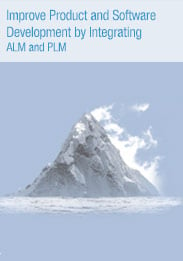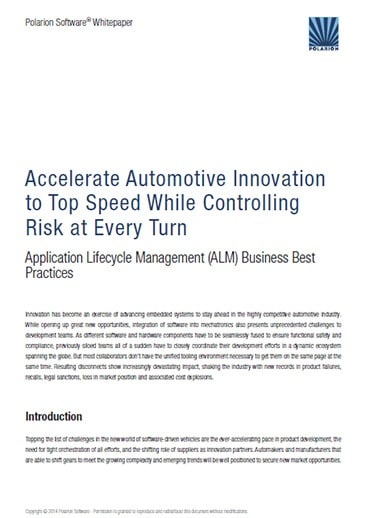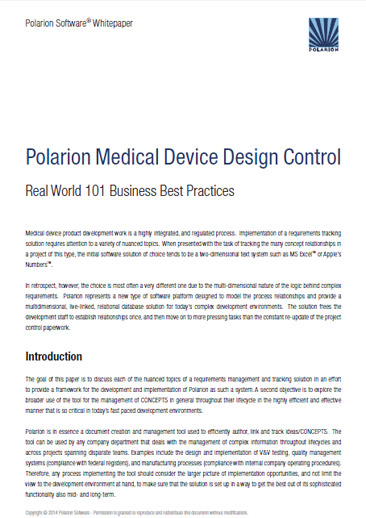How to Address the IoT and Risk Management Disconnect
The rush is on. It’s called the Internet of Things (IoT). Physical things with software embedded in them, some of which connects to remote resources via the internet. It’s clear there are benefits to be reaped, but the connectivity creates a whole new landscape for risk analysis and risk management. To date, these disciplines largely take place as a thing apart, in a silo, or “black box” as it were. Output goes to Requirements Management – which all too often takes place in another silo, apart from software development and product engineering. If the news we’re seeing lately is any indication, this approach which served us well in years past just isn’t cutting it anymore.
 By now, the recent news about the vulnerability in Chrysler automobiles is almost “old news”. Following close on its heels came the U.S. FDA warning about hackable medical devices. These are unlikely to be the last such stories we’ll be seeing. We already saw a year of record recalls in the automotive industry in 2014.
By now, the recent news about the vulnerability in Chrysler automobiles is almost “old news”. Following close on its heels came the U.S. FDA warning about hackable medical devices. These are unlikely to be the last such stories we’ll be seeing. We already saw a year of record recalls in the automotive industry in 2014.
Between pressures to innovate and go to market quickly, the vulnerabilities of “traditional” approaches to both software and hardware engineering are being exposed, to the high cost of both producers and consumers.
What Can Be Done to Improve Matters?
While there is no magic bullet that is going to solve all the problems associated with the rapid paradigm shift, there are things that innovative companies can do… and are doing every day. They are rapidly coming to understand the value and importance of a unified development platform that creates an ecosystem where:
- Workflows are managed efficiently and maintained for the organization’s compliance needs.
- Communication takes place across disciplines, departments, teams, and other boundaries,
- Artifacts are inherently and easily traceable from inception through deployments of multiple versions and variants, and…
- Design, development, and testing of software and hardware coexist and function smoothly in a common ecosystem, very much like what happens in the products they create – software and hardware converge into amazing products.
At Polarion Software, we’ve been taking this unified approach to software development since 2005. We realized early on that the same approach needs to happen across the entire product development spectrum, and we have been actively working on solutions. We still have some way to go, but the news these days is pretty convincing that tools such aswe envision are widely needed.
Looking for guidance?
In our quest for a more unified approach to development, we’ve learned a lot, both from research, and from our many customers who are out there working with our solutions every day. And we’re learning more all the time. As we learn, we share our knowledge in the form of whitepapers, e-books, and webinars. We have a wealth of information that you can take advantage of to map out the direction you need to take to meet the challenges in your future… all free for the asking. Below are a few suggestions. For more, just hop over to the resources area of our website.
Have you got experiences to share? Challenges you’ve faced and overcome? Techniques and best practices that are working for you? Feel free to talk to us. We welcome guest articles on this blog. Or send us a link to your own blog that we can share. Maybe there’s potential for you in our Partner Program? The more good info we can share around, the more we can help the Internet of Things to be as safe and secure as humanly possible.






